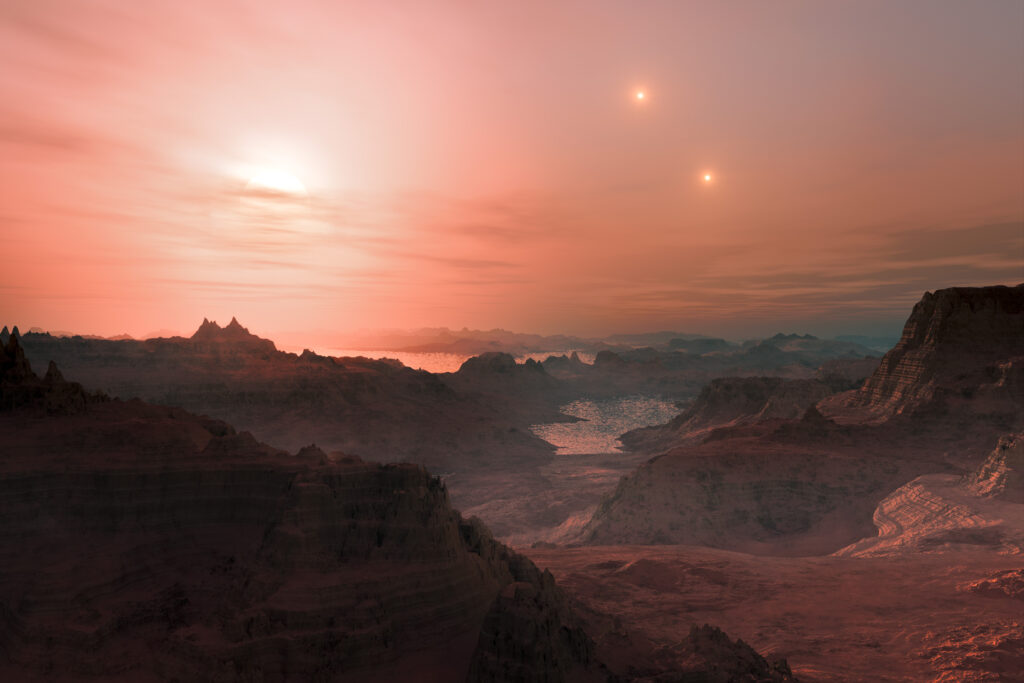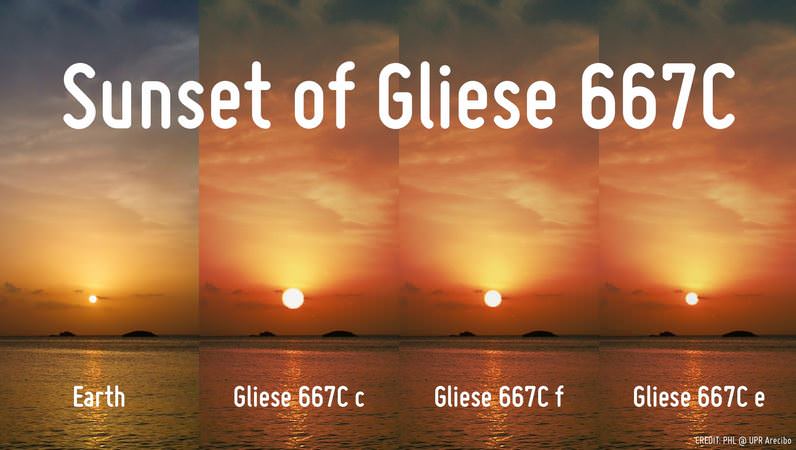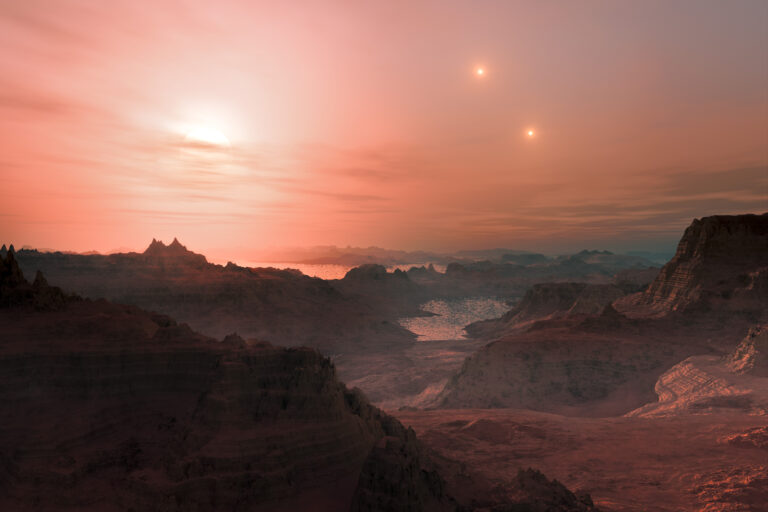Researchers Uncover Planets with Superior Habitable Conditions Compared to Earth
Three decades ago, our knowledge was limited to planets within our solar system, but thanks to technological advancements, we have now identified over 5,300 exoplanets. Initially dominated by gas giants, our discoveries evolved as our tools improved, revealing smaller, Earth-like planets. Among these findings are more than 50 Earth-mass exoplanets and 800 worlds smaller than 1.5 times Earth’s size. While only a handful are situated within their star’s habitable zone, our ongoing exploration holds the promise of further revelations.
A compelling case is the Gliese 667 system, situated just 23 light years away in the Scorpius constellation. This triple star system has become a rich source of information for exoplanet researchers, particularly the faint M-type Red Dwarf, Gliese 667C. Initially identified with three exoplanets, subsequent analysis suggests the possibility of up to six, with three or four potentially offering habitable conditions.

The term “Super Earth” denotes planets larger than Earth but smaller than gas giants like Jupiter. Gliese 667Cb, the closest to the star, is a scorching world with temperatures reaching around 200 degrees Celsius. Moving farther out, we encounter potentially habitable planets with masses ranging from 1 to 5 times that of Earth.
Consider Gliese 667Cc, where life would manifest uniquely. Despite receiving 10% less light than Earth, it experiences similar energy reception, potentially resulting in an Earth-like climate. However, challenges for life arise due to its proximity to its flaring host star and the unpredictable behaviors of the red dwarf.

Gravity on Gliese 667Cc surpasses Earth’s by 60%, translating to a 75 kg person on Earth weighing approximately 120 kg on this exoplanet. Additionally, a more substantial atmosphere could lead to heightened atmospheric pressure.
Despite the potential challenges, the adaptability of life on Earth suggests the possibility of life existing under diverse conditions. In the Gliese system, two other planets, 667Ce and 667Cf, offer cooler environments that may still support life if they boast thick atmospheres.
The revelation of multiple habitable planets orbiting a single star, particularly M dwarf stars like Gliese 667c, constituting 70% of our neighboring stars, hints at the existence of numerous promising planetary systems in our galaxy. As our technological capabilities advance, the likelihood of discovering multiple Earth-like candidates around a single star increases exponentially.
Do not forget to share your opinion with us to provide you with the best posts !




0 Comments